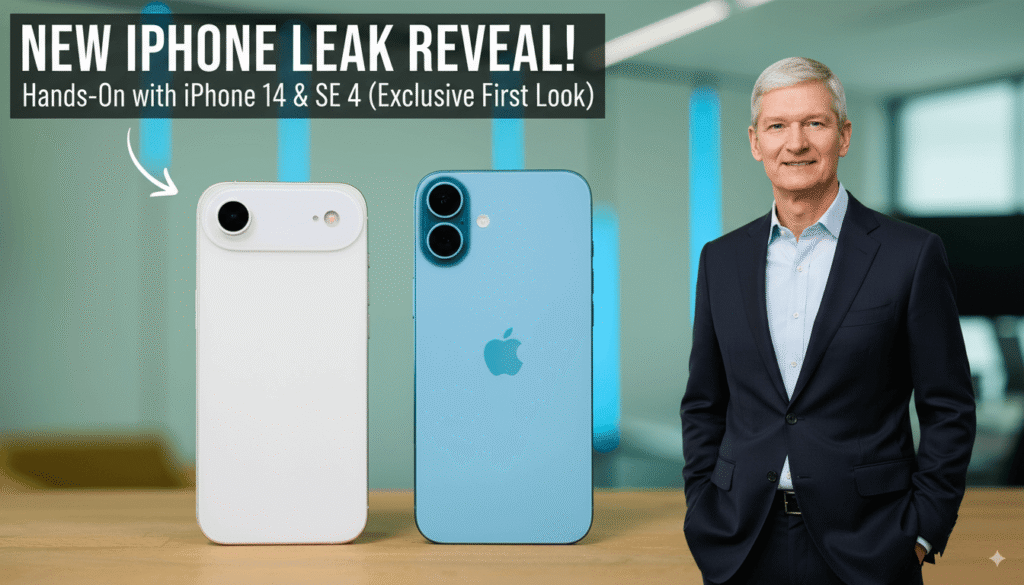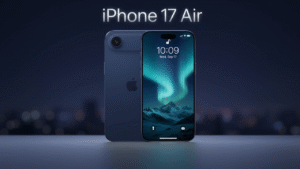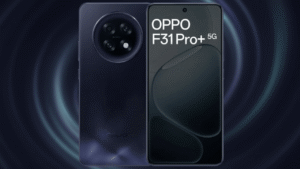The annual September Apple event is more than just a product launch; it’s a strategic chess move in the global tech landscape. This year’s “Awe-Dropping” event on September 9th is poised to be a pivotal one, not just for a new iPhone, but for Apple’s entire future direction. Let’s peel back the layers on what to expect and why it matters.
Table of Contents
- <strong>1. The iPhone Air: A Bold Bet on Form Over (Some) Function</strong>
- <strong>2. The Pro’s Pivot: Listening to Feedback</strong>
- <strong>3. The Silent Strategy: Apple’s In-House Silicon Empire Grows</strong>
- <strong>4. The AI Pause: A Strategic Delay, Not a Surrender</strong>
- <strong>5. The Ecosystem Lock: Beyond the Phone</strong>
- <strong>Conclusion: A Bridge to the Future</strong>
1. The iPhone Air: A Bold Bet on Form Over (Some) Function
The rumored iPhone 17 Air isn’t just a new model; it’s a radical experiment in consumer psychology and market segmentation.
- The Engineering Trade-Offs: Achieving a sub-6mm profile requires brutal compromises. The move to a single-camera system is a direct step back from the multi-camera array consumers have been trained to desire. The reduced battery capacity will be a significant point of scrutiny; Apple is betting its power efficiency gains can compensate. The mandatory shift to eSIM-only in the Air also signals Apple pushing the industry toward its vision of a fully digital, carrier-agnostic future.
- The Precarious Price Point: This is Apple’s biggest challenge. Positioning the Air between the standard and Pro models creates a classic marketing dilemma. For “just a couple hundred dollars more,” a user gets the vastly superior Pro. Apple’s success hinges on creating a new class of consumer: the “aesthetic-first” user who values ultra-portability and design prestige above all else—a niche currently served by foldables or case-less phones.
- The Historical Context: This move echoes past experiments. The iPhone 12 mini failed because a small phone compromised battery life too severely. The iPhone Plus series struggled because a large, low-end phone felt inherently contradictory. The Air is the logical conclusion: if “big and cheap” and “small and powerful” didn’t work, “thin and luxurious” might.
2. The Pro’s Pivot: Listening to Feedback
The redesign of the iPhone 17 Pro models shows a company course-correcting based on real-world use.
- The Aluminum Return: Abandoning titanium after just two generations is a stunning admission. While titanium is premium and strong, its thermal properties led to overheating issues, especially under heavy processing loads or while charging. The return to aluminum is a direct play for practicality and user experience, prioritizing better heat dissipation for sustained performance—a critical factor for mobile gaming and pro-level workflows.
- The Camera Revolution, Not Evolution: The Pro camera system is rumored to be getting its biggest leap in years. A shift to a 48MP telephoto sensor would enable unprecedented digital zoom quality and low-light performance. The variable aperture system (a feature found in high-end DSLRs) would allow the phone to physically control the amount of light entering the lens, leading to better portrait-mode bokeh and sharper low-light videos. This isn’t an incremental update; it’s a foundational change to close the gap with professional cameras.
3. The Silent Strategy: Apple’s In-House Silicon Empire Grows
The most underrated story is the quiet expansion of Apple’s custom silicon.
Also Read
- The Wi-Fi/Bluetooth Chip: Replacing components from giants like Broadcom with its own design is a masterstroke in vertical integration. It gives Apple tighter control over performance, power management, and the timing of its product roadmap, reducing reliance on external suppliers.
- The C1 Modem: The reported use of Apple’s in-house modem in the iPhone 17 Air and iPhone 16e is a massive step toward ending the multi-billion dollar dependency on Qualcomm. While early reports suggest it may not yet outperform Qualcomm’s best, its deployment in specific models allows Apple to real-world test and refine the technology on a massive scale before a full rollout.
4. The AI Pause: A Strategic Delay, Not a Surrender
The elephant in the room is the relative absence of groundbreaking AI features. This is likely a calculated decision.
- Quality Over Hype: Apple has watched competitors roll out AI features that are often gimmicky, unreliable, or prone to errors. By delaying its major Siri and on-device AI overhaul, Apple is avoiding a PR disaster. It’s choosing to be late to the party rather than arrive with a half-baked product that damages its reputation for quality.
- Laying the Hardware Foundation: iOS 18 and the new A19 Pro chip are the groundwork. These new iPhones are being built as the powerful, hardware-ready vessels for the AI features that will arrive via software updates throughout 2025. This event is about selling the “hardware foundation,” not the AI software dream.
5. The Ecosystem Lock: Beyond the Phone
Every product announced is another thread in Apple’s woven ecosystem.
- AirPods Pro 3 with Health Features: Adding a heart rate monitor transforms them from audio devices into health sensors, collecting data that integrates with the Apple Watch and Health app, making it harder to leave the ecosystem.
- Apple Watch Satellite Connectivity: This isn’t just for adventurers. It’s a direct assault on Garmin’s market dominance and a powerful safety feature that reinforces the Apple Watch as an indispensable standalone device.
- HomePod and Apple TV Upgrades: New chips are solely for the incoming “Apple Intelligence” revamp of Siri. This ensures that when the AI does arrive, it will work seamlessly across all your devices, from your pocket to your living room.
Expected Product Matrix & Key Differentiators:
| Product | Key Upgrade | Strategic Purpose |
|---|---|---|
| iPhone 17 Air | Ultrathin design (~5.5mm), single camera, eSIM-only. | Create a new luxury niche; test market appetite for form-over-function. |
| iPhone 17 | Larger 6.3″ screen, ProMotion display (120Hz). | Bring Pro features down-market to maintain value of base model. |
| iPhone 17 Pro | Redesigned chassis (aluminum), new camera array (48MP telephoto). | Address past criticisms (overheating); solidify performance leadership. |
| Apple Watch Ultra 3 | Larger display, satellite connectivity. | Capture market share from Garmin in the professional adventure segment. |
| AirPods Pro 3 | Heart rate sensor, smaller case. | Deepen integration into the health ecosystem; add unique value. |
Conclusion: A Bridge to the Future
This event is a transition. It’s not the AI revolution promised in June, but it’s the crucial hardware prelude. Apple is using design—both in the ultra-thin Air and the refined Pro—as the main attraction for the 2024 upgrade cycle. Meanwhile, it’s silently building the silicon and hardware infrastructure necessary to support its true AI ambitions next year. They aren’t just selling phones; they are building the foundation for the next decade, one chip, one sensor, and one daring design at a time.




